For several years, the talk about health benefits of certain compounds contained in marijuana has not decreased in society. Marijuana itself has a dual nature because it can both hurt and help. As it turns out, some of its components carry only health-promoting properties. Despite many controversies and turbulent discussions, access to cannabidiol-free oils without psychoactive THC finally becomes easier for every person in need. In the face of the new opportunities that this relationship offers us, let's take a look at its health benefits and analyse who can benefit from it.
What is CBD?
Not to miss anything, let's first get some theoretical knowledge. Cannabidiol is a phytoannabinoid contained in cannabis, which was first isolated in 1940. Unlike the most well-known cannabinoid - delta-9-tetrahydrocannabinol, it has no psychoactive effects, is not intoxicating and cannot be used recreationally, but can still be anxiolytic and antidepressant. We distinguish as many as 30 stereoisomers of cannabidiol.
It’s important to choose CBD oils produced from cannabis inflorescences and not just their seeds so that we can enjoy proper therapeutic action. Because of the absence or only trace amounts of THC, these oils are legal and safe.
The main cannabinoid receptor systems are CB1 and CB2, with cannabidiol being the first and second partial agonist antagonist. CB2 receptors are located mainly in immune cells and glial cells in the brain. It should be noted, however, that cannabidiol is a multifunctional compound because its affinity for cannabinoid receptors is not high, and a significant portion of the positive effects of this compound depend on other mechanisms.
Interactions are also noted with TRP receptors, particularly with TRPV-1, TRPA-1 and TRPM8 receptors. Other targets are activated PPAR-γ and GPR55 receptors (also belonging to the cannabinoid system) that are antagonized. The effects of glycine’s α3 and α1 are also enhanced.
The CBD is also a partial agonist of serotoninergic receptors, particularly the 5-HT-1A subtype. This mechanism results in, among other things, anxiolytic and antipsychotic action and several other actions mentioned later in this article.
What are the differences between CBD and marijuana?
In marijuana outside of CBD we can find some other cannabinoids (to say the least, because there are over 80), not all of which are characterized as to having favourable effects on health, and may even cause some disturbance when they are abused. Among the other compounds are distinguished, for example, delta-9 and delta-8 tetrahydrocannabinol (THC), cannabinol (CBN), cannabinodiol (CBND) cannabitriol (CBT), cannabigerol (CBG), cannabichromene (CBC), cannabicyclol (CBL) and others. The oil contains only cannabidiol CBD, so you can more accurately estimate the effect that will have on the body when ingested and keep only the therapeutic potential without recreation.
Due to its anti-inflammatory properties, CBD can relieve chronic pain.
Cannabidiol by interacting with CB1 and PPARγ reduces the expression of pro-inflammatory factors such as NF-κB and cyclooxygenase-2 (COX-2). COX-2 inhibition is a mechanism typical of popular non-steroidal anti-inflammatory drugs acting as analgesic.
TRP receptors are also involved in pain perception. Cannabinoids can activate TRPA1 and TRPV1 subtypes, resulting in weaker pain signals. This is another mechanism responsible for the anelastic properties of CBD and marijuana. The effect of CBD and its metabolites on the vanilloid receptor TRPV1 (or VR1), which is activated by capsaicin. CBD stimulates these receptors with efficacy similar to capsaicin. This reduces their sensitivity to pain stimuli. Painkillers and ointments with capsaicin are used to reduce pain to locally reduce the sensitivity of VR1 receptors. For similar reasons, ointments containing CBD are used. Particularly interesting is the interaction with TRPM8 which is activated during cold exposure or by cooling agents such as menthol. Precisely because of the action of this receptor we take menthol tablets for sore throat, and a painful knee is treated with cool poultice.
CB2 receptor activation and inhibition of fatty acid amide hydroxylase (FAAH), and blocking the reuptake of the metabolites of (+) - 5'-CBD-DMH, and (+) - 7-hydroxy-5'-CBD-DMH results in ejection and increasing the circulating concentration of endocannabinoids - anandamide and 2-arachidonoyl glycerol (2-AG), which are known to the reducing action of pain and improving mood during physical activity, and this effect we are also known as "runner euphoria". Increased release of these compounds also allows the pain to be reduced, which does not result from training loads, and for various other reasons. Decreased levels of endocannabinoids can be one of the causes of pain in diseases such as fibromyalgia, irritable bowel syndrome and migraines.
Another mechanism involved in anelastic action is the potentiation of glycine α3 receptors, thus demonstrating efficacy in the treatment of chronic and neuropathic pain.
CBD is an allosteric modulator of delta- and mu-opioid receptors. Activation of these receptors gives a very effective neutralizing effect and this mechanism is used by potent drugs such as tramadol, morphine or fentanyl and its derivatives. It shows the synergy of action between the CBD and opioids, so you can enhance the therapeutic effect or reduce the doses of opioids, which may entail a number of really serious side effects.
Hemp oils are known for their effectiveness in the drug-resistant form of epilepsy.
The history of the use of Cannabis in the treatment of epilepsy reaches the end of the 19th century, when English neurologists Reynolds and Gowers started using this plant for therapeutic purposes. In the pathogenesis of epilepsy, excessive activation of the glutamatergic system plays a role, and consequently excessive agitation of the brain. Cannabidiol has a protective effect against hyperactivity of receptors in this system, including NMDA, AMPA and kainian receptors. The CBD is effective in reducing the frequency of attacks caused by an inhibited or poorly functioning GABA system, but is not effective in blocking glycine receptors.
In one study, 7 out of 8 people with epilepsy who did not respond to other drugs known to date improved their status as a result of taking cannabidiol when only one person in the placebo group had any improvement. There are increasingly indications of a potent anti-epileptic potential for cannabinoids, which makes neurologists even more timid, although they are increasingly recommending patients with oils and other hemp products.
Many people should be interested in the well-being, quality of sleep, and the reduction of anxiety, especially in case of social phobia and public speech.
It’s mainly responsible for the serotoninergic system, and as is known, serotonin is a molecule of happiness. CBD is a ligand for the 5-HT-1A receptor of this system and much less 5-HT-2A. The affinity for both of these receptors is stronger than for THC. In a mouse study, the therapeutic effects of CBD are similar to those obtained with antidepressant therapy - imipramine. Importantly, the CBD has a fast-acting effect, unlike the popular SSRIs, which may even worsen the condition of the patient at the beginning of therapy. The effect should be maintained during treatment, without impairing the action.
CBD oils seem to be a great support for people struggling with social phobia and inhibition. Cannabidiol in experiments that volunteered for public appearances reduced the accompanying stress. Even after a single dose before a public outreach, the CBD can reduce the stress and discomfort associated with it and prevent cognitive disorders, so there are no major problems forgetting the information we had before the audience presented. The CBD anxiolytic effect is due to the influence on the activity of the limbic and paralimic areas of the brain that participate in the processing of emotions.
Potential improvement can be expected of people suffering from insomnia, as CBD studies have made it easier to fall asleep compared to placebo. Certain indications also indicate the effectiveness of improving sleep quality in posttraumatic stress disorder (PTSD), although it’s only a case study. Either way, the information is interesting and encourage further research.
In addition to the effects on serotonin receptors, also anandamide is important for our mood. It can, for example, affect the feeling of motivation and pleasure, especially the result of food intake. Sweet, of course. This relationship occurs among others in cocoa, so chocolate is so tasty.
Alternative therapies for treating cancers are a hot topic. There are indications that CBD is a very effective treatment aid and not just palliative medicine.
Cannabis extracts are shown to be effective in inhibiting the proliferation of tumour cells and may even lead to their death by reducing their ability to produce energy, and the greatest potential is contained in cannabidiol. It can increase the expression of ICAM-1 in lung cancer cells that are lysed by more efficient lymphokine-activated killer (LAK) cells. By influencing CB2 and regulation of Nox4 and p22phox expression, CBD can also be helpful in leukaemia. Another type of cancer is those that attack the intestine. Studies have shown that cannabidiol inhibits the proliferation of tumour cells without demonstrating such effects on healthy cells. Antineoplastic properties have also been demonstrated in glioblastoma.
A significant killer in cancer is a decrease in appetite, significantly reducing energy and nutrient supply, resulting in rapid catabolism. This seemingly trivial factor is important enough that we cannot ignore it when we are serious about the topic of treatment. Therefore, medicine offers many opportunities, such as energy-rich dietary supplements, or nutrition to and parenteral. Once again, the role of growing anandamide in the treatment of CBD oils can be mentioned, which can increase appetite by a greater sense of pleasure resulting from the taste of meals. Activation of serotonergic receptors, in turn, translates into a reduction in the feeling of nausea and vomiting.
Anandamide (once again) has the ability to inhibit breast cancer cell proliferation by interfering with prolactin receptors, inhibiting its action.
It’s also interesting that the neuroprotective and supportive treatment of neurodegenerative diseases is also interesting.
Excessive oxidative stress is a serious threat to the health of the nervous system. Cannabinoids appear to be effective antioxidants, thus protecting neurons from degeneration. As indicated by scientific data, the protective potential in this case is stronger than in the case of the most common antioxidants, vitamin C and E (alpha tocopherol). Studies have investigated the effects of cannabinoids with concomitant administration of cannabinoid receptor antagonists, which did not impair neuroprotective effects. This indicates the independence of the protective effect from the CB receptor system. For example, activation of 5-HT-1A-R may aggravate cerebral blood flow, which also acts neuroprotective. The effect on cerebral circulation also provides therapeutic potential in case of cerebral ischemia.
The CBD may also be helpful in the fight against Alzheimer. The use of this phytoannabinoide can protect the nervous system against excessive beta-amyloid overgrowth of free oxygen radicals, lipid peroxidation, increased intracellular calcium ions, DNA fragmentation and caspase-3 enzyme activation that is involved in cell signalling leading to apoptosis.
Cannabidiol also has some attractive, less known properties that have a positive effect on cardiovascular health.
One of them is inhibition of the 15-lipoxygenase (15-LOX) enzyme, which is mainly made by one of the CBD metabolites - 2nb, 6'-dimethyl ether (CBDD). This enzyme is strongly involved in the formation of inflammatory conditions leading to atherosclerosis, so reducing its activity is highly desirable.
GPR55 antagonism is responsible for the blood pressure lowering properties. Rat research has also demonstrated the effect of CBD on the inhibition of blood pressure and heart rate in response to stress, and this effect is again attributed to 5-HT-A1 agonism.
Can people with autoimmune disease also benefit from CBD?
Yes, especially in case of the dominance of the Th17 arm of the immune system, which may be inhibited by the reaction to cannabidiol supply. An experimental model of asthma has shown that CBD can inhibit the synthesis of pro-inflammatory cytokines. Both Th1 (TNF-α and IL-6) and Th2 (IL-4, IL-13, IL-10 and IL-5) cytokines have been reported to reduce chronic autoimmune inflammation.
Cannabinoids can control even the risk of diabetes. In the mouse study, individuals undergoing cannabidiol treatment had a significantly lower rate of autoimmune type 1 diabetes. In the CBD group, the diagnosis was made only in 32% of the group compared to 86% in the placebo group. At the same time, an immunomodulation effect was observed, manifested by IL-10 growth and IL-12 decrease. There is also suppression of the total Th1 cytokines that accompanies this type of diabetes.
In the age of flooding the public with all autoimmune diseases, the immunomodulation effect of cannabinoids is a very attractive prospect.
Cannabinoids support intestinal health.
And this is backed up by scientific data. The effect of the endocannabinoid system is involved in regulating the production of inflammatory cytokines in enterocytes, the rate of regeneration of wounds and erosions and the inhibition of tumour cell growth in IBD and colon cancer. It’s suggested that the protective effect against IBD results partly from the ability to activate PPARγ and block the pro-inflammatory properties of lipopolysaccharides and from antioxidant properties.
Interestingly, cannabinoids, including cannabidiol, may exhibit antibacterial activity even against antibiotic-resistant pathogens, as has been demonstrated with methicillin-resistant Staphylococcus aureus (MRSA).
Can CBD oil be helpful with... marijuana addiction?
It turns out that… yes! And contrary to popular opinion - yes, marijuana can be addictive and so, abused can cause serious harm to health, mainly in the form of memory and sleep disorders, anxiety and psychosis. Chronic exposure to this popular stimulant is reflected in the density of cannabinoid receptors. As with most receptors in the brain, excessive / frequent stimulation of some kind means that something is going on that disturbs homeostasis. To return to it, the natural defence mechanism decreases the number of receptors to weaken the action of a substance that over-activates a given system. This is also true with the CB1 receptor, which is primarily responsible for the psychoactive effects of marijuana. Reduced density causes that when we are not affected by THC, our endogenous cannabinoids are unable to produce an effect that will keep us in good physical and mental condition.
The use of isolated CBD may, firstly, reduce the effect of THC, due to CB1 receptor blockade. This reduces the rate of smoking, because the less active drug is no longer so attractive. CBD also reduces some of the unwanted effects of THC, such as drowsiness, poorer reaction time or memory problems of the next day. THC can cause anxiety in some people, while the presence of CBD can reduce this effect.
On the other hand, blocking of receptors causes those to be regulated i.e., by increasing the density, by the reverse mechanism described in the preceding paragraph - weakly functioning receptors must be multiplied to reach homeostasis. In this case, the perversion of nature points to the partial truth that flows from the saying that one should be cured of what has been wrought.
And what about other addictions?
The CBD can also be helpful. Examples are cigarette addicts. One trial showed a 40% reduction in cigarette smoking during the week with cannabidiol inhalations, with no significant difference in placebo.
The heaviest and most debilitating type of addiction is the opioid. Fortunately, cannabidiol can potentially help even with this addiction. Experimental trials have shown that the CBD administration affects less satisfaction with the intake of morphine and heroin, which translates into greater control of the train for these substances. The caveat, however, is that in the case of cocaine no similar relationship has been reported. So cocaine is better avoided.
We have already indicated a multitude of positives arising from the use of the CBD. What else can surprise us with it?
And for example, the potential for prion diseases, among which we distinguish among others are mad cow disease (BSE), Creutzfeldt Jakob disease (CJD) or scrapie. The scrapie disease model demonstrates CBD protection against prion neurotoxicity and reduces their accumulation.
Cannabidiol can serve as a potential cure for acne because it regulates sebaceous glands activity and affects the skin condition by several mechanisms, and is much safer and does not give as many and powerful side effects as the most commonly used isotretinoin drugs.
CBD cure can also speed up the growth of broken bones, as demonstrated in mouse studies. Cannabinoids can also be helpful in psoriasis, due to its ability to inhibit keratinocyte proliferation. Immunosuppressive and anti-inflammatory effects may be helpful in rheumatoid arthritis (RA).
Are CBD oils safe?
In general, yes, there are no side effects, and the benefits are substantial. At oral doses up to 1500mg daily did not cause toxicity. However, it must be borne in mind that CBD is metabolized by certain cytochrome P450 isoenzymes in the liver and may reduce their activity, and this may result in interactions with other medications, increasing or prolonging their effect. This effect is of course dose dependent, minimal daily amounts CBDs do not need to significantly affect these enzymes, but it’s a strongly individual matter. Among CYP2C19-inhibited CYP2C19, CYP2C9, CYP2D6, and CYP2A6 CYP2C6-mediated CYP2A6 inhibitors, CYP2A6 is also inhibited in a non-competitive way, as is CYP2B6. CYP3A enzymes are also weakened, especially 3A7 and 3A4. It’s therefore advisable to seek medical advice when planning to combine CBD with any medicine. Among the drugs we know to interact with the CBD are sildenafil (Viagra), warfarin, clobazam and several other antiepileptics.
Summary
The launch of commercially available cannabidiol products provides many of the freshest therapeutic options for ailments in which it has been difficult to find effective treatments until now. The multitude of forms that can be provided by the CBD is also impressive. In the case of local pain, we can apply ointment to this phytoannabinoid, but for chronic systemic diseases, we have oils of different concentrations (also in the form of nanoparticles and liposomes), capsules, pastes, drinks or vaporization oils. Taking into account the absence of side effects of cures listed in most studies, the benefits and loss balance seems to be undoubtedly positive.
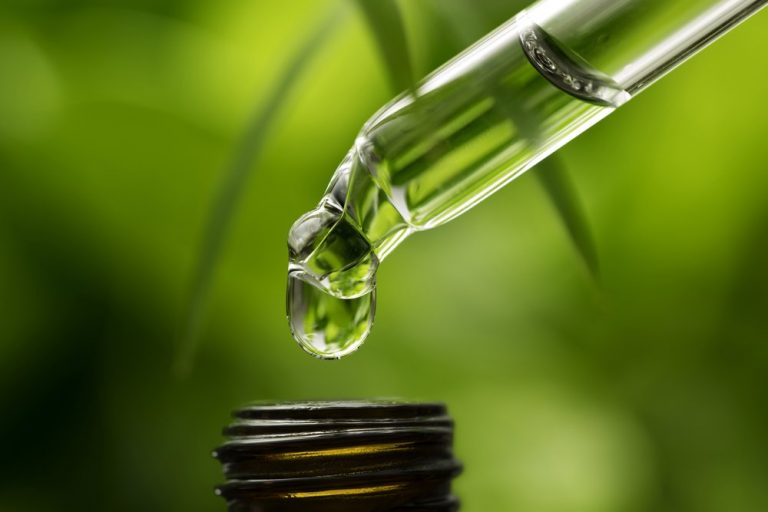



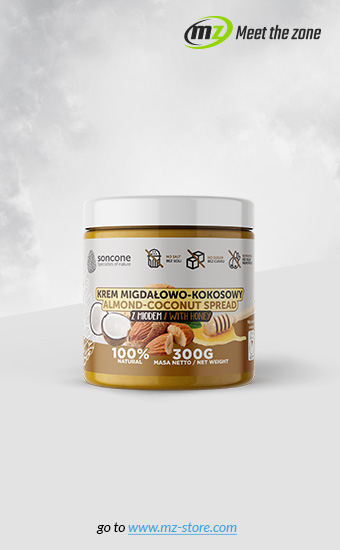
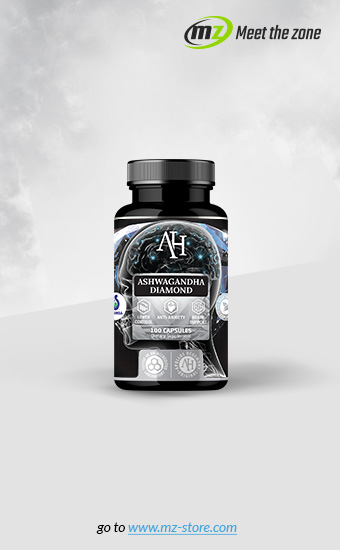
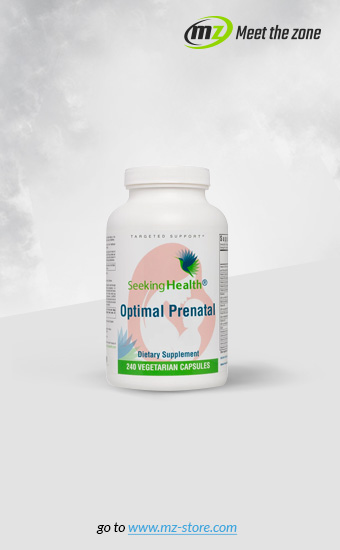
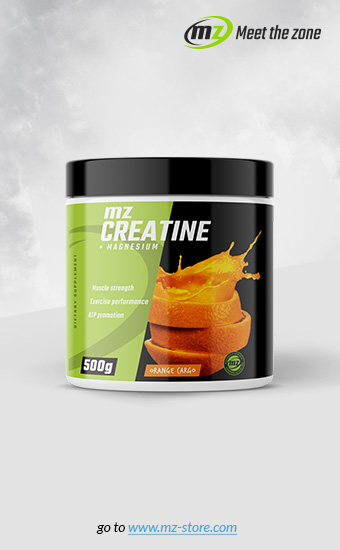
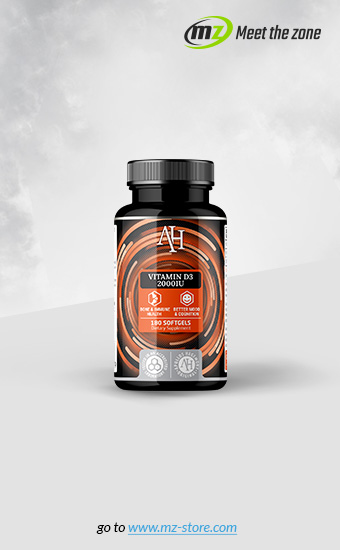

4 Comments